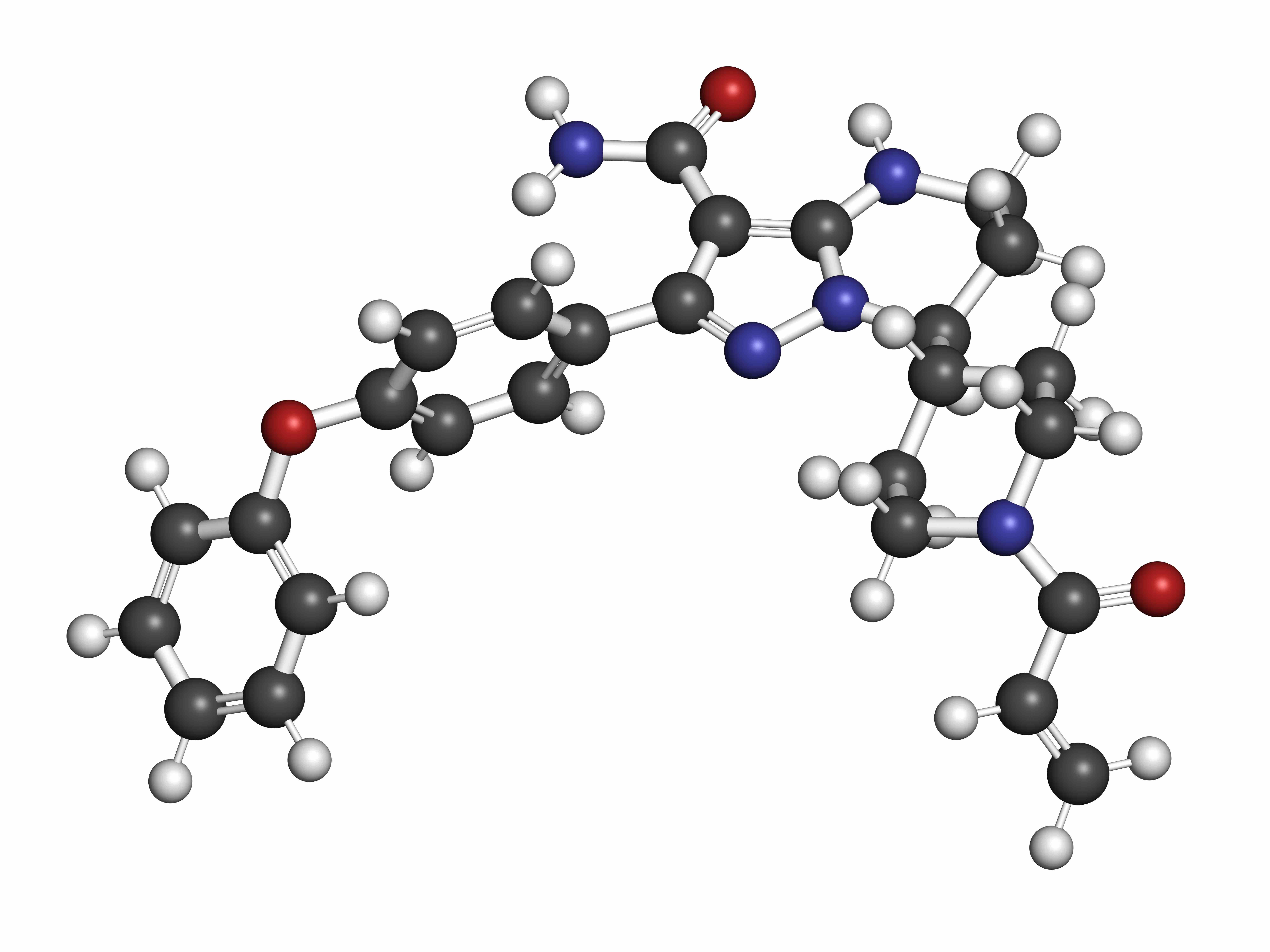Article
Case Report Describes IgE Myeloma Transformed Into IgE-Producing Plasma Cell Leukemia
Author(s):
Researchers describe a recent case report of a diagnosis of lgE monoclonal gammopathy which transformed into myeloma, then into lgE-producing plasma cell leukemia.
An abnormal free light chain ratio must be considered as a possible marker of lgE monoclonal gammopathy, researchers concluded following a recent case report of a diagnosis of lgE monoclonal gammopathy which transformed into myeloma, then into lgE-producing plasma cell leukemia.
The case study, published by Biochemia Medica, involved a 71-year-old male who was followed in Brest, France, from 2015 to 2019. Hypogammaglobulinemia was detected during a systematic check-up in November 2015 and a kappa light chain monoclonal gammopathy was first diagnosed due to an increase of the free kappa/lambda chains ratio. The authors noted that no monoclonal immunoglobulin was detected by either serum protein electrophoresis or immunofixation.
“The IgE-producing variant is the rarest sub-type of multiple myeloma, and plasma cell leukemia is considered to be the rarest and the most aggressive of human monoclonal gammopathies,” the researchers noted. “Plasma cell leukaemia (PCL) is considered to be the rarest of human monoclonal gammopathy, accounting for 0.04 cases per 100,000 persons per year in Europe and also the most aggressive. It can either develop de novo (primary PCL) or evolve as a late-stage complication of MM (secondary PCL, sPCL) occurring in less than 1% of MM cases.”
The patient was diagnosed with plasma cell leukemia following a blood smear in June 2018. Additionally, a monoclonal peak was detected and identified as IgE-kappa. Three years later, an archival sample was taken, revealing the presence of a monoclonal IgE that was missed at diagnosis, and chemotherapy with bortezomib and dexamethasone was introduced to the patient.
Following the diagnosis of leukemia the patient survived 10 months. The researchers suggest that abnormal free light chain could be a possible marker of IgE monoclonal gammopathy, even when there is an absence of a solitary light chain by immunofixation.
Also, the case study suggested that the use of an undilated serum may increase the sensitivity of the immunofixation for the detection of IgE monoclonal gammopathies compared to the 1:3 dilution recommended by the manufacturer.
“The medical laboratory plays an important role in the proper diagnosis and quality of management of MM patients. This case revealed that an abnormal FLC ratio should be considered as a warning signal suggesting the possibility of IgD or IgE myeloma even in the absence of a solitary light chain in IFE,” the study concluded. “Further investigation is warranted to evaluate the diagnostic strategy of systematically testing IgD and IgE with IFE in the presence of an abnormal FLC ratio.”
Reference
Galakhoff N, Leven C, Eveillard JR, et al. A case of IgE myeloma transformed into IgE-producing plasma cell leukaemia. Biochem Med (Zagreb). 2020;30(1):010801. doi:10.11613/BM.2020.010801.




